Interview With Inka Immonen The Yogins
1. What does the word “Yoga” mean?
The word Yoga is a Sanskrit word and in Yogic philosophy, it has two meanings. Firstly, it means Unity. Yoga is a state or a moment when the individual soul is in Union with the Divine soul; when history, present, and future merges and the individual feels being part of everything everywhere – an inseparable part of the whole universe. Some people a feeling like this when they do Mindfulness meditation, which also is a big part of yogic practices.
The other meaning of Yoga is a practice system. In a way, to reach this Unity, a person can use the 8-limb system of yogic practices creates by sage Patanjali. It includes 8 kinds of practices; moral practices, social practices, physical practices, breathing practices of sense control, concentration practices, and meditation practices.
In the modern west, the word Yoga is mostly used when we talk about asana practice, which is the physical yoga practice sequence done in Yoga Studios, gyms and retreats.

2. How is Yoga helpful in our day to day life?
Yoga helps in many levels; firstly it includes the physical asana practice that builds strength and flexibility to muscles and thus can help in maintaining a better posture, more movements in joints and in maintaining weight.
Leaner body, strong muscles, and flexibility definitely contribute to many aspects of health; it can help in preventing muscle stiffness and headaches, it helps your cells to produce more energy and fight against pathogens. It helps in maintaining a healthy posture and flexibility – both in the body and in the mind. Yoga asanas also improve neuromuscular connection and help in moving and balancing.
Yoga also has special practices of sensory control, breathing, and meditation. For example, some simple breathing techniques help to bounce back quickly from everyday stressful situations at work, or emotional stress. It takes only a few minutes of mindful breathing and some positive emotions to balance the running mind and hyperactive nervous system and all this can be learned with yoga practice.

3. Which is the best time to perform Yoga?
The best time to practice asana, breathing, and meditation is in the morning.
Asana practice in the morning opens up your body and increases the blood and the lymph flow in your system. You are already naturally burning more fat in the morning so it also increases fat loss and helps your body to build metabolic flexibility.
The morning time is beautiful, it is your own special time to work for your own health and wellbeing –> you are not yet occupied by other ideas or daily tasks, so you have the full concentration on your practice. No one is not bothering you with calls and most likely the social media is not yet beeping.
In addition, breathing practices are best to perform before you have eaten anything so the diaphragm can expand to it’s fullest capacity. Also, if you choose to practice good belly breathing in the morning, you will naturally breath better for the rest of the day.
Meditation is also easiest in the morning and late at night; when you don’t have other occupations and you can totally be present in the practice.
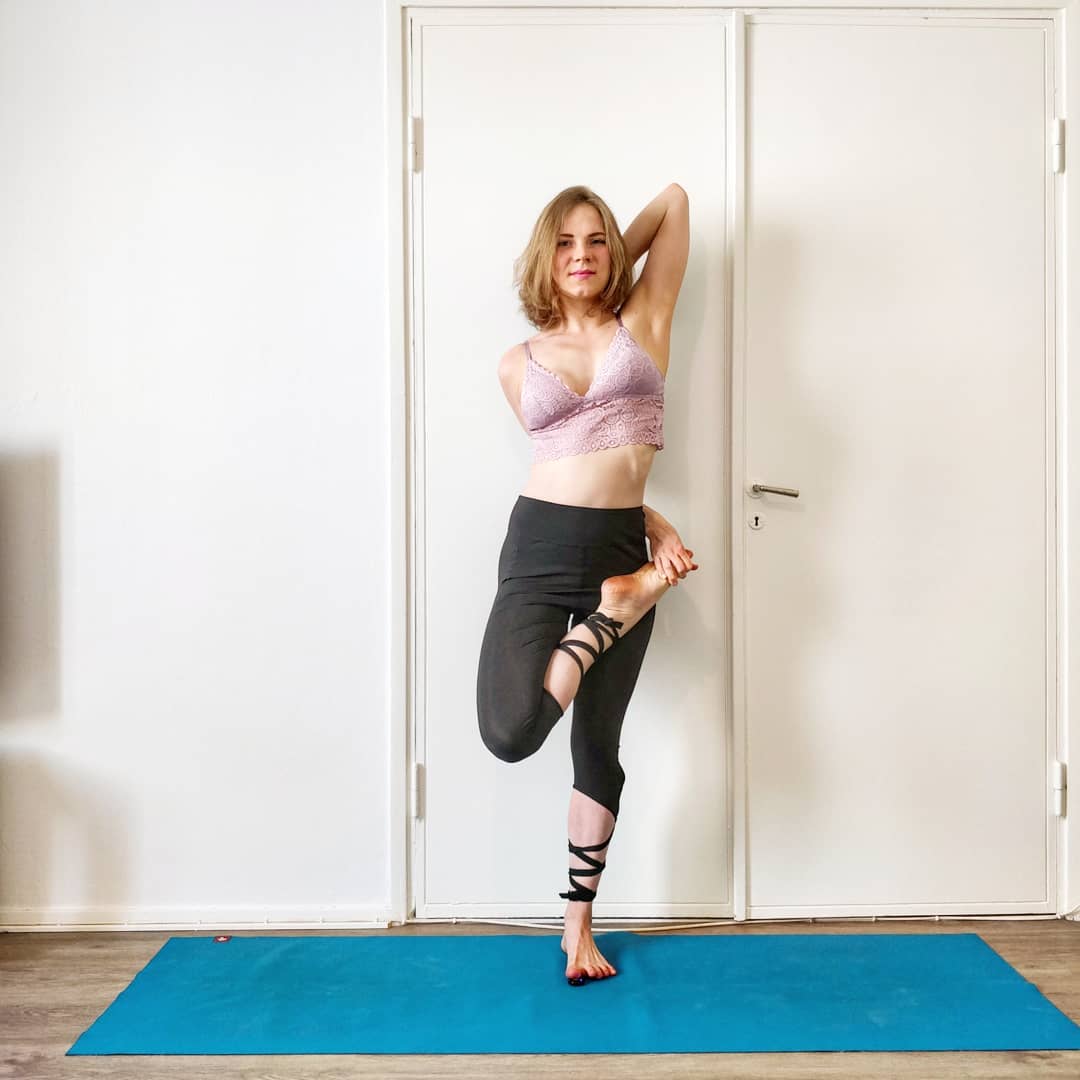
4. Should Yoga be practiced only in the morning?
Even though the most useful time for yoga is in the morning, yoga can be practiced at any time during the day. Even just taking 3 minutes meditation can be a yogic practice. The most important thing in yoga practice is that you are fully present and you concentrate on your practice. Actually, it is really useful to take short yoga moments along the day; to open up the body, stretch, focus on your breathing and meditate. According to some studies, even a couple minutes of breath awareness can increase calmness, relaxation and emotional balance, and lower stress.
5. What is the advantage of Yoga over to other Exercises?
Yoga is a really holistic practice, but the benefits of yoga practice really depend on the style of yoga. For example, if yoga asana would be your only physical practice, it should preferably include asanas that work on both; strength and flexibility. The advantage of yoga is that it is not only a physical practice but that includes practices for mind and spirit as well; by developing mindfulness, and mental flexibility you will increase your self-knowledge and emotional balance in addition to physical strength. It is easier to connect with your own ideas, organize them and pursue your life purpose when your mind is clear. Yoga helps you to be more present, work on your mindfulness and work on self-compassion, acceptance and universal love. In a way, yoga is also a social practice, because the whole purpose of yoga is to understand that you are linked to everything, everywhere, all the time. No man works in a vacuum and yoga is a great way to start practicing understanding your life purpose in the bigger picture that we call the Universe. In yoga, this is called Dharma.
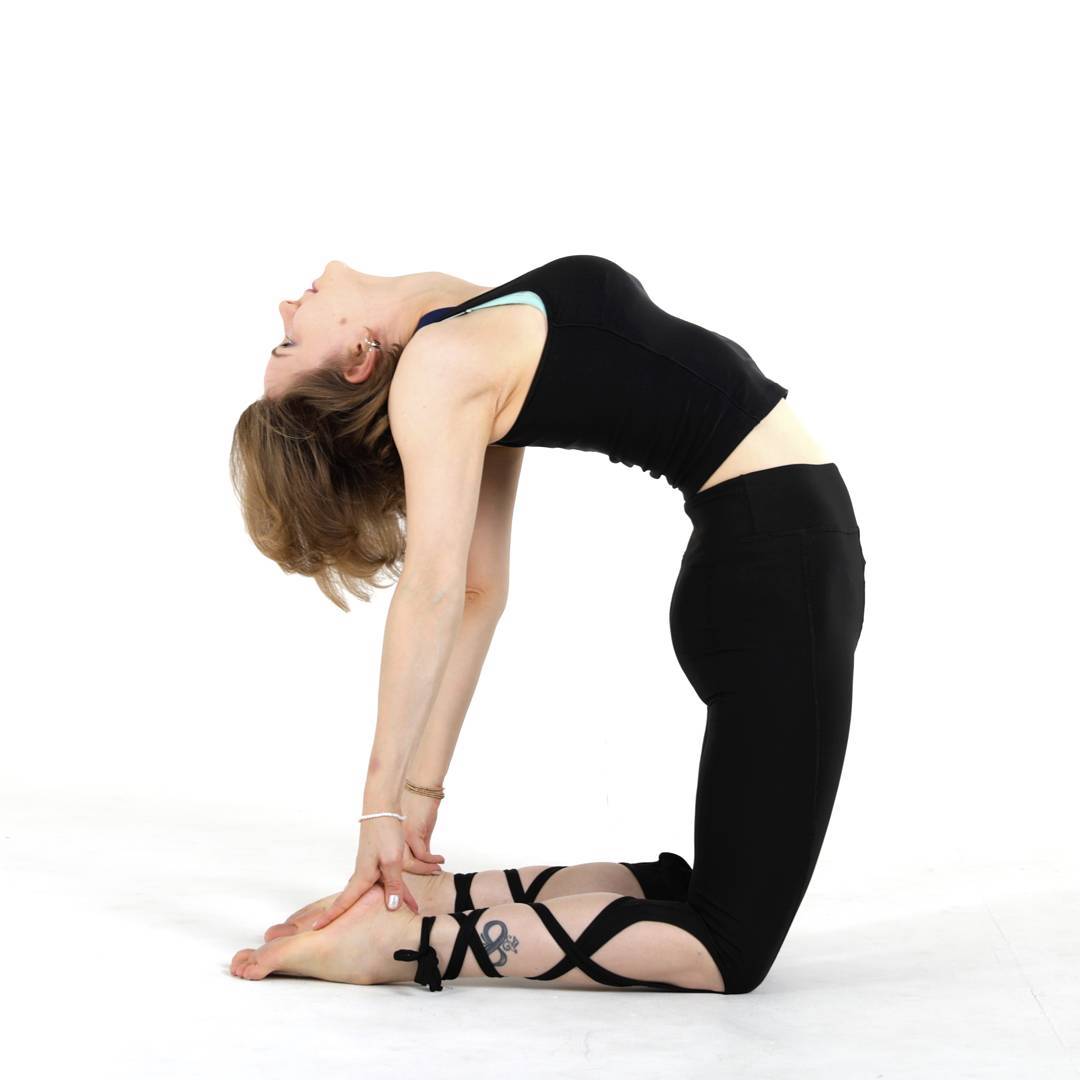
6. Can Yoga be helpful in the weight reduction?
The physical and frequent yoga-asana practice can really help a lot in managing weight. For example, vinyasa flow yoga, ashtanga yoga, and power flow yoga includes a lot of postures where you need to use your strength – especially big muscles and core. The more muscle mass you have the more efficient is your body in fat burning. In addition, flexibility training can help in maintaining good lymph and blood flow, both of which are important in maintaining a healthy weight. It has also been shown that Mindfulness can help in weight reduction so the answer is definitely yes – yoga can help in the weight reduction.
7. How can Yoga help in reducing stress in the office?
Yoga teaches you to be more self-aware of any emotions that arise in your mind and body. If your body signals stress, we many times get in sort of a panic state due to the amygdala activation in the deep parts of the brain. Stress also activates the HPA-axis in the body which initiates stress hormone production in adrenals and brain.
Yoga helps in two ways; by learning to relax your body, you can immediately lower the stress response by controlling the nervous system. The easiest way to do this is to control your breath so you can activate the vagus nerve and increase the parasympathetic nervous system activation while lowering the sympathetic nervous system activation. All of this can help you to lower down stress.
In addition, yoga helps you recognize maladaptive emotions and detach yourself from them. Yoga not only helps you to control your emotions but also shift them from negative to positive. Many times our stress is induced or increased by pessimistic thinking, which can only be controlled by letting go of the terror in the mind and starting to practice some acceptance, optimism, and compassion towards each an every situation.

8. Are there any special instructions for the women while practicing Yoga?
Yes, women should avoid doing very demanding asana sequences and any postures upside down while on period.
Also, pregnant women should take special classes and avoid any postures which include rolling on the belly.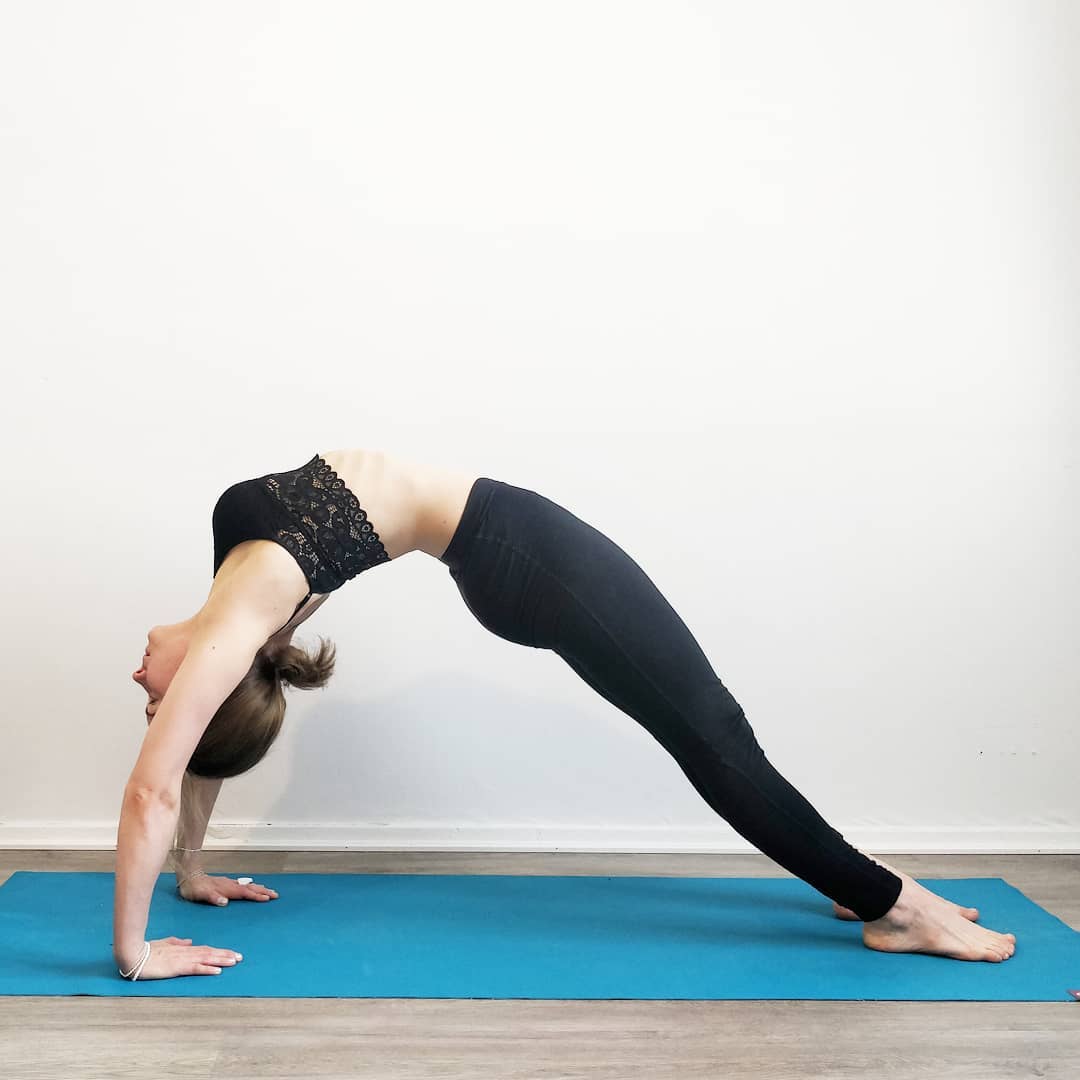
9. What is Relaxation technique?
Normally at the end of each yoga class, we perform Savasana, a relaxation. This is when yogi just lies in the floor on their back and completely let all muscle tension go. Sometimes a meditation or Yoga Nidra can be performed in Savasana. Why is it done? Well, yoga asana practice includes stretches, contractions, twists, and inversion. In savasana, the body will have a chance to recover and rejuvenate itself and to shed to their regular state and habits. It also allows the mind a moment to transition from the practice to the next moment whichever it is that follows the intensive asana practice.

10. Which are the diseases that can be cured by Yoga?
Yoga is a complete lifestyle and it increases the physical and mental strength, emotional balance.
Yoga can contribute to healing from depression, anxiety, obesity, pessimism and many other diseases. It can help in decreasing the risk for seasonal flu, chronic pain, diabetes and heart diseases, but it should be noted that human body works as a whole and that yoga is not a “medicine” that you can just take to cure a disease. If yoga is intelligently incorporated into everyday life it can definitely improve happiness & health in many levels but when it comes to physical diseases, other health behaviors, nutrition, and even the environment play a big role too. Nevertheless, yoga gives you the opportunity to practice such intuitive deep connection with your body and mind that this connection will naturally reach its effect into every moment and guide you always in making healthier decisions that can even prevent you from getting some diseases.
For More Info: http://www.inkaimmonenyoga.com

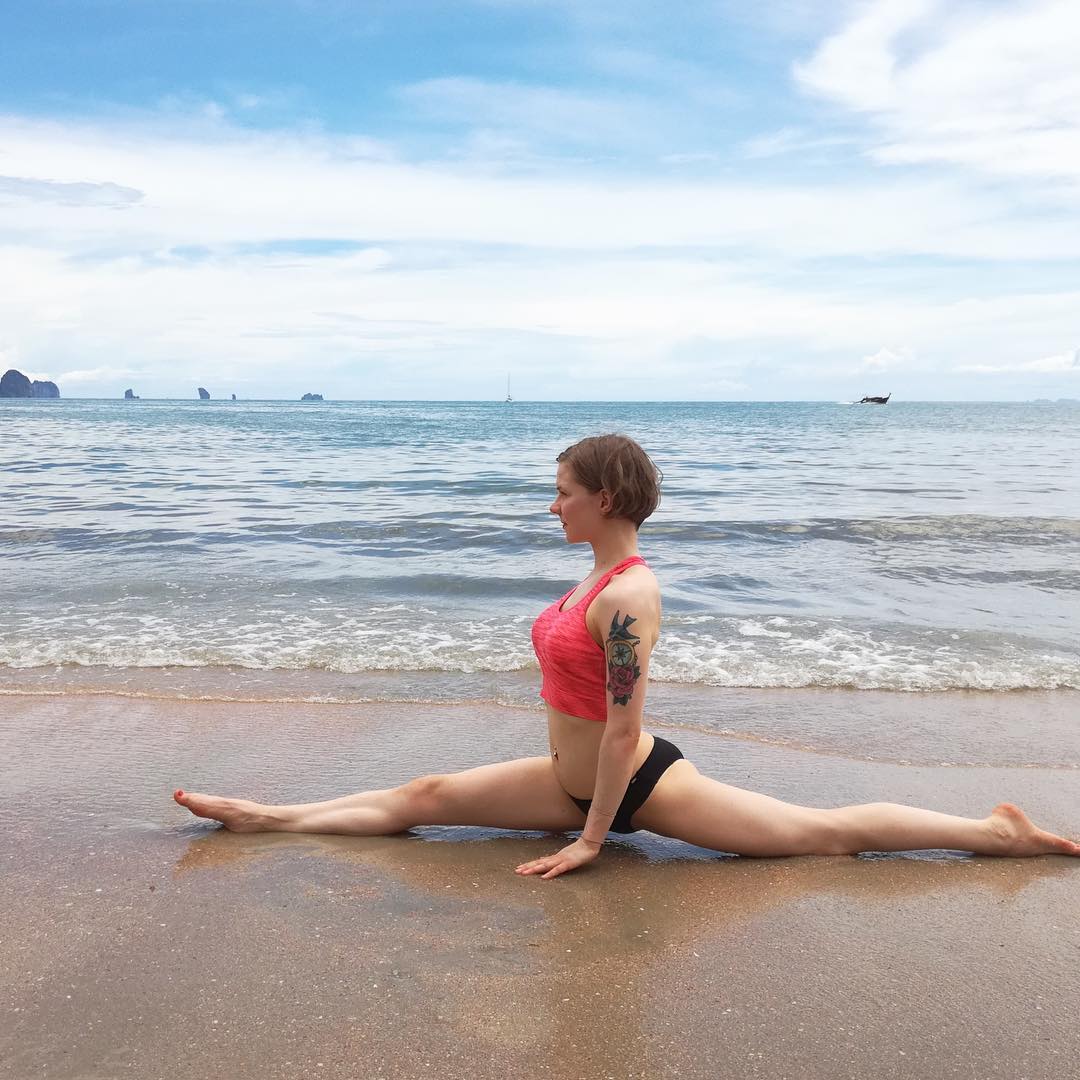
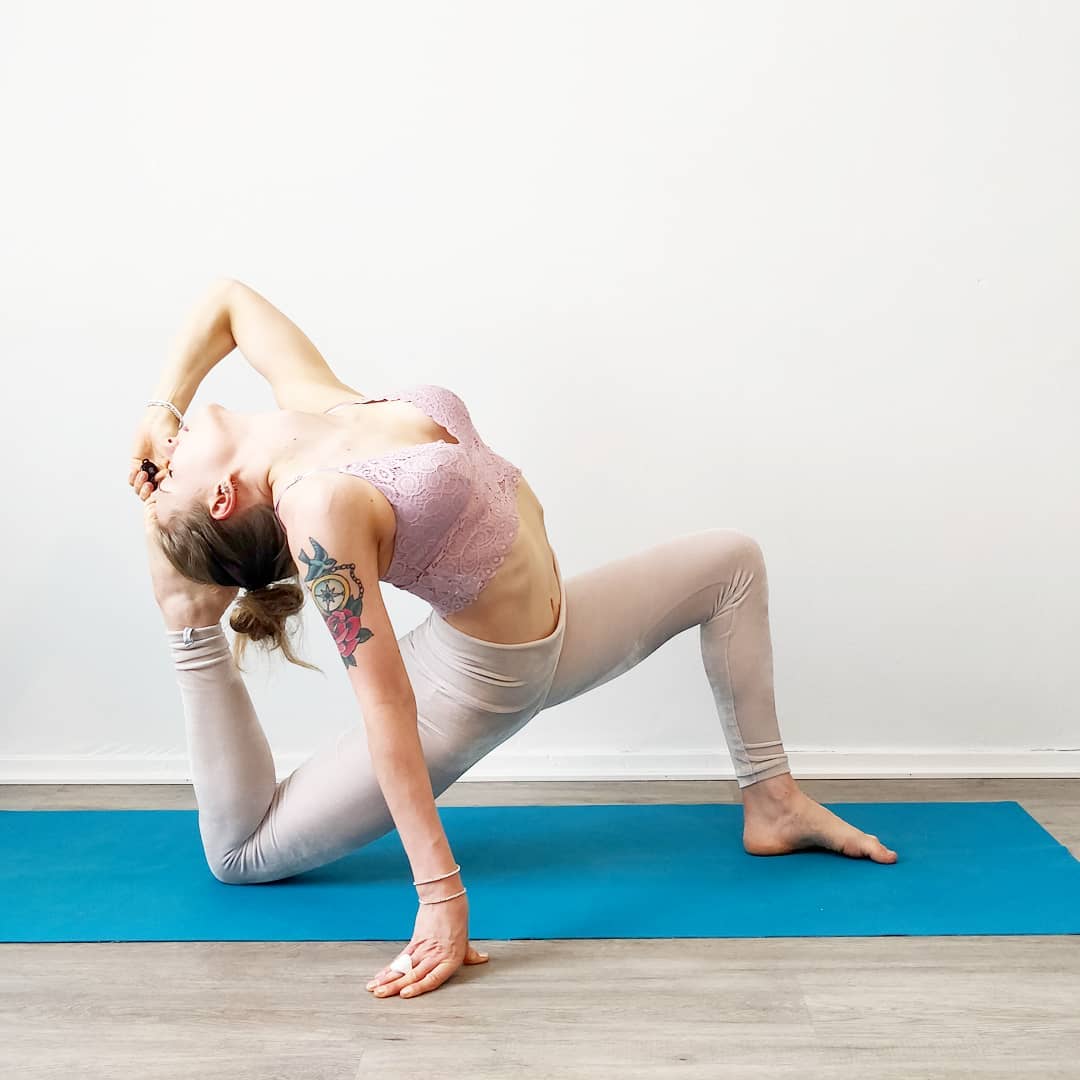
 Previous Post
Previous Post Next Post
Next Post